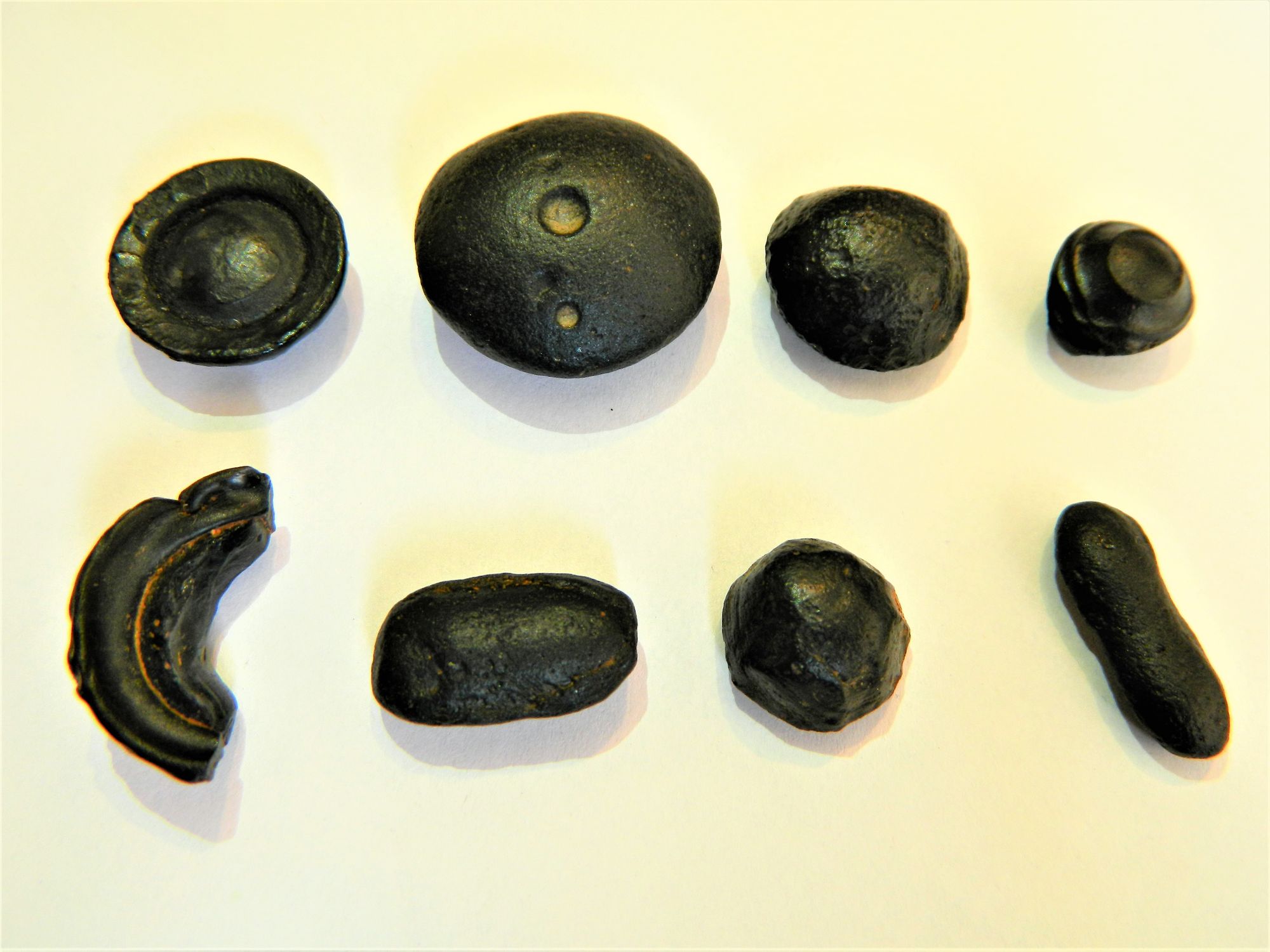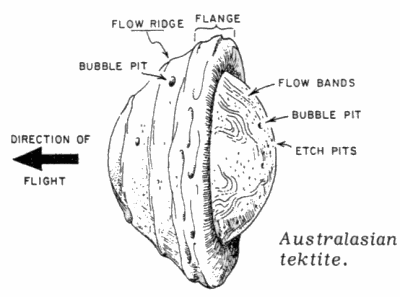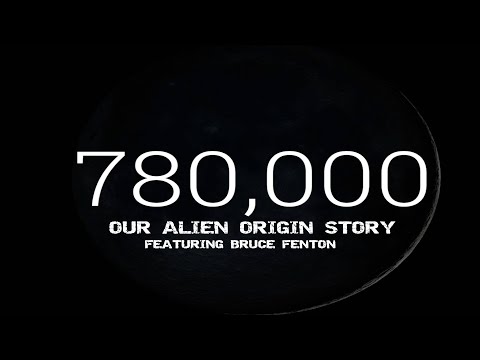Skeptics who deny the existence of non-human intelligence often fall back on the arguments underlying the Fermi Paradox put forth in the 1950s. The basic idea is that there has been plenty of time in galactic history for extraterrestrials (ET) to build space-faring capabilities, discover our relatively young Earth, and establish a presence here. Because proponents of the paradox find no evidence of an ET presence on Earth, they claim ETs must not exist, making humanity the only intelligent species in the universe. Like Elon Musk glibly commented to Joe Rogan in February 2021: "If there were aliens, I would know." We all would know because the proof would be apparent.
Yet the Fermi Paradox begs the question of what constitutes evidence of ET presence. This question remains relevant today. For example, in the June 2021 Preliminary Assessment on Unidentified Aerial Phenomena (UAP), the UAP Task Force declined to acknowledge the potential for non-human intelligence despite numerous cases of advanced technology that currently has no earthly explanation. The media ran with it, claiming the report found no evidence of ET visitation.
According to researcher Bruce Fenton, this is not the first time the scientific establishment has cast aside reasonable evidence of ET presence. Fenton is the author of Exogenesis: Hybrid Humans and The Forgotten Exodus, the former curator of the paleoanthropology website AncientNews.net, and has appeared on the Science Channel and History Channel, including on Ancient Aliens.
He claims that we have tangible evidence of non-human intelligence dating back to approximately 788,000 years ago based on anomalous deposits of tektite glass characteristic of an artificial intelligence (AI) structure that monitored our planet before its destruction. If correct that these tektites found in debris fields extending from China to Antartica are the technosignature of an advanced civilization, they solve the Fermi Paradox. As would be expected, there have long been civilizations aware of our planet and present in our atmosphere.
The UAP that are in our skies now are not discovering us for the first time but the continuation of a trend hundreds of thousands of years in the making.
The tektites provide important context as we strive to understand who they are, why they are here, and what their relationship is to humanity.
Evidence of ancient alien presence?
Tektites are a particular form of melted glass, often associated with asteroid impacts. Tektite composition, formation, and distribution provide clues as to what event gave rise to them. However, in the case of the Australasian tektites discussed herein, their origin has not been conclusively decided, other than that they had to come from space. But what space object is responsible for them? Despite over 160 years of scientific debate, beginning with a first paper authored by Charles Darwin, the evidence does not cleanly and completely fit with the prevailing theories.

This mystery attracted the attention of Bruce Fenton, who developed his own theory after conducting an extensive literature review and analyzing the common set of facts. While most scientists were content to accept an asteroid hypothesis, despite relying on exceptions to conventional physics, Fenton saw several problems with that theory. His pending paper, Australasian Tektites as Extraterrestrial Probe Debris: Anomalies in Composition, Formation, and Distribution Indicative of a Previously Overlooked Technosignature, rebuts the asteroid hypothesis and suggests instead that the tektites are the wreckage of ET technology that was destroyed in Earth's orbit and rained down, creating debris fields in Australia and the surrounding areas.
Not only does his theory challenge the conclusion of the Fermi Paradox that we are alone in the universe, but it expands how we typically think of alien craft. As discussed below, the composition and volume of the tektites correlates to a glassy megastructure, meaning one comprised primarily of silica. Interestingly, we rely on silica for AI networks because of its computational power. The implication is that the object that was destroyed in our orbit 788,000 years ago could have been a probe functioning as a giant living computer capable of observing and processing an immense amount of data.
Why it was there, what data it was collecting, how long it was there, whether there were occupants, and what caused the destruction are unknowable at present. However, the possibility of its very presence adds new lines of inquiry to human evolution and our relationship to the cosmos. It demands that we be willing to revisit and rewrite existing scientific theories to include ET explanations where other terrestrial hypotheses fail to satisfy. It also entreats us to broaden our perspective on the current UFO disclosure process.
Problems with the asteroid theory
The popular hypothesis of the origin of the Australasian tektites is an asteroid impact in southeast Asia that sent debris to the edge of space before falling back down to the surface of the earth. However, Fenton is not convinced. Not only can models not simulate such a possibility while adhering to the laws of physics, but the composition of the tektites, their shape, and their distribution, as well as the lack of a smoking gun crater, contradict this theory.
Looking first at composition, the tektites are comprised of 75% silica and 10% aluminum, with the remaining 15% containing other elements. Based on all available samples to date, asteroids never contain more than 60% silica. Additionally, the tektites are well-mixed, mostly free of bubbles, and homogeneous across the debris fields, suggesting a glassy parent body that was also homogeneous. The long-duration fining process required for molten rock to meet these specifications is inconsistent with the instantaneous high pressure and heating during asteroid impacts.
Also problematic for the asteroid theory is the presence of mineraloid lechatelierite, which requires quartz not typically found in asteroids and would have been destroyed during the heating and fining process to turn molten rock into homogeneous glass. Further, when melt glasses are found in and around known asteroid impact sites, they have a composition similar to the crater's rock. Typically the glass is foamy, has inclusions, and contains water, as well as partially melted rock or organic materials found at the impact site. As such, the Australasian tektites are radically divergent from impact melt-glasses found at the almost two hundred identified crater sites on Earth.
One of the unique features of the tektites is the formation of aerodynamic button- or flange-shaped pieces. The button shape was the product of an intense-heating event that turned the front surface of solid glass spheres into liquid. When intense heating happens in the frigid cold of space, molten glass liquid pools into spheres and freezes almost instantly, before crystallization can occur. These solid spheres are believed to have entered Earth's atmosphere at hypersonic speeds close to escape velocity (11km/s) and shallow angles, essentially skipping along Earth's atmosphere, creating its defining shape.

This is important because: (1) it suggests the explosive event happened outside of the Earth's atmosphere, with aerodynamic forces acting on the already solid frozen glass, and (2) the speed and angle required to create the button shape undermine the impact conditions necessary for an asteroid to produce comparable debris fields. Nevermind that all efforts to locate a source crater for Australasian tektites have so far come up empty-handed. That our modern sensing and mapping equipment would miss a crater that some scientists suggest would have to be the size of Ireland to match the observed debris field is highly unlikely.
Another fatal flaw of the asteroid theory is the lack of a dust layer in the geologic record corresponding to an impact large enough to meet the conditions of the theory. As noted in Fenton's paper:
Impact events powerful enough to launch larger pieces of melt glass into space would also produce an enormous amount of dust which should be found globally, certainly in the same ocean core as the recovered microtektites and iridium (Artemieva, N. and Morgan, J., 2009), but such dust is absent for the Australasian tektite strewnfield.
Thus, the asteroid theory is problematic and unconvincing. It is as if scientists went down the list of possible explanations, systematically ruling out volcanic eruption, moon origin, and the explosion of a quartz-based proto planet, and accepted the asteroid hypothesis because it was the only one left to conventional minds. But that does not make it correct. It doesn't necessarily make it false either, but as Fenton has shown, there is more than enough data to consider it still unsolved.
Expanding our minds
The irony is that space organizations like NASA have announced that they will more seriously look for technosignatures from other civilizations. The expectation is that advanced civilizations curious about the galaxy would send probes to search for us like we search for them. While the Australasian tektites may or may not be the remnants of a long-defunct AI probe, they are the only real-world potential test case we are in possession of. We should treat it as such.
To further test his theory, Fenton would like to see exploration of the atomic structure of Australasian tektites using a multi-parameter ion beam imager to explore the possibility of exotic isotope ratios and engineering at the atomic level. This would refine our understanding of the tektites' composition and help definitively rule out any naturally-occurring explanations, be they terrestrial or extraterrestrial.
While some may be more intrigued by the current UFO disclosure process and the events of the last 70+ years, ignoring the potential evidence of ET presence in the past 700,000+ years risks an incomplete and perhaps flawed understanding of why they are here now. As Harvard professor Avi Loeb said, "When you are not ready to find exceptional things, you will never discover them." It is time that we expand our thinking to include unconventional explanations to our species' unsolved mysteries.
